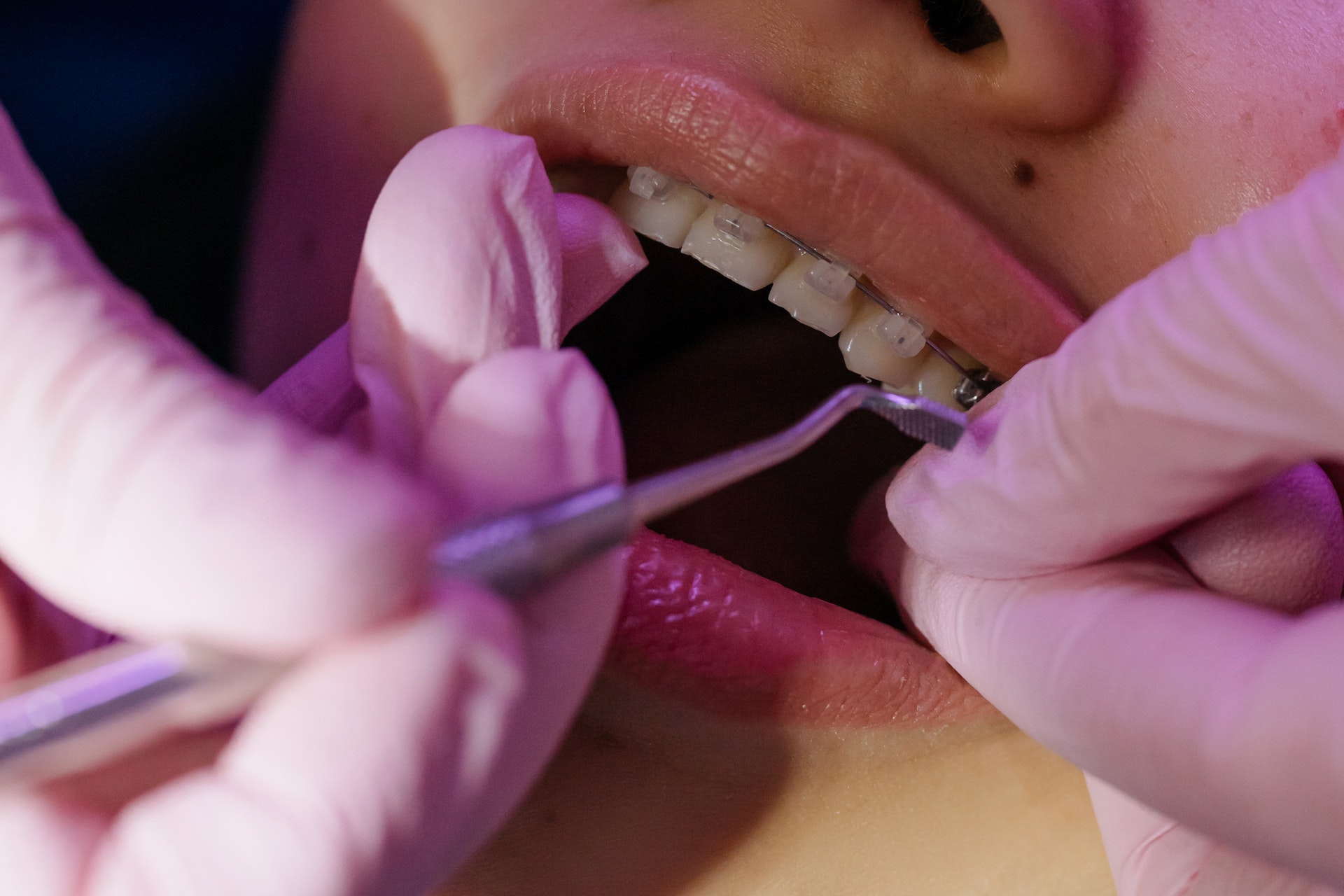BizJournals have been running a series on “Health Care Heroes” and recently, they interviewed one such hero, William Engilman. Engilman has been an orthodontist for two decades and has served as president and chief information officer of Mortenson Dental Partners for 13 years. Mortenson Dental Practices is a big deal.
They are the United States’ largest franchise of privately owned, doctor run dental practices. They leverage economies of scale to support each private practice. What you get with each dental practice is the feel of a private practice with the infrastructure that only a large organization can supply.
Engilman is also the founder of Braces Braces Braces. At Braces Braces braces, he delivers orthodontic care as a stand-in for other dentists. At Mortenson Dental Partners, his work takes him far from actual dentistry. As president, his job is to oversee the operations of this vast organization.
Mortenson Dental Partners has around 140 dental clinics. He develops the strategic thrust of the organization, and drives its implementation. As the franchise’s CIO, he ensures that the organization operates with the most up-to-date information systems around. These systems are critical for supporting management and clinical operations. Furthermore, he ensures that the franchise complies with HIPPA and security regulations.
Engliman defines a health care hero as a person who places the health care needs of their patients first. It’s about being a humble servant to the health care needs of other people. Engilman says in his work he tries to see every patient as if they were his own child.
As a father, he understands that he would do the utmost to deliver the best health care for his child. Seeing his patients as his children is the perfect mental place to be to ensure that he does the best job humanly possible.
He calls this the Brookie Rule, after his first child. Whenever he has to make difficult health care decisions, he puts himself in the position of the patient’s father. If I were this patient’s father, he seems to ask, what would I do? It’s clear to anyone that this results in taking the best treatment decisions available.
The Brookie Rule is not just about treatment decisions, it’s also about enriching the patient’s experience. Patients must feel as if their dentists care for them, and that they are being treated as worthwhile human beings. Orthodontics is a field in which there is a lot of face time with patients.
It provides the carer with an opportunity to develop life-long relationships because of the number and length of encounters that the field necessitates. The orthodontist must develop the habit of being present with the patients, not distracted, thinking about something else, waiting to speak or for the encounter to end.
It is, in the deepest sense of the word, a relationship. And it’s a relationship in which the carer’s emotions are easily transmitted to the patient. It’s important to transmit positivity and joy.
This is a lesson that orthodontists across the country would do well to learn. Indeed, it’s a lesson that we can apply beyond orthodontics.
This is a Contributor Post. Opinions expressed here are opinions of the Contributor. Influencive does not endorse or review brands mentioned; does not and cannot investigate relationships with brands, products, and people mentioned and is up to the Contributor to disclose. Contributors, amongst other accounts and articles may be professional fee-based.

